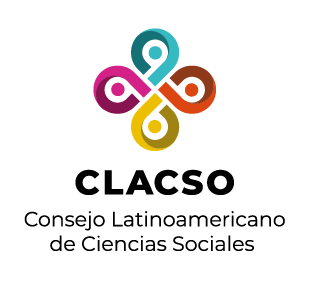Red de Bibliotecas Virtuales de Ciencias Sociales en
América Latina y el Caribe

Por favor, use este identificador para citar o enlazar este ítem:
https://biblioteca-repositorio.clacso.edu.ar/handle/CLACSO/50582Registro completo de metadatos
| Campo DC | Valor | Lengua/Idioma |
|---|---|---|
| dc.creator | Gloribel Pérez Pérez | - |
| dc.date | 2002 | - |
| dc.date.accessioned | 2022-03-17T18:05:30Z | - |
| dc.date.available | 2022-03-17T18:05:30Z | - |
| dc.identifier | http://www.redalyc.org/articulo.oa?id=63170108 | - |
| dc.identifier.uri | http://biblioteca-repositorio.clacso.edu.ar/handle/CLACSO/50582 | - |
| dc.description | The main objective of this investigation is to analyze and compare two methodologies used to understand the different sources of variation contained in the measurement process. The two methods compared are the Foundation of Shewart's Control Chart and the Repeatability and Reproducibility Studies (R&R) Study). The information related to both methods is used to compare them. The objective is to evaluate the techniques used to study the sources of variation in a measurement process. Also to evaluate and identify the situations where the Shewart Control charts are more efficient than the Repeatability & Reproducibility Study in the evaluation of a measurement process. An evaluation and compilation of the information related with the Repeatability and Reproducibility (R&R) Studies and the Shewart Control Charts to evaluate the measurement process was conducted. A manufacturing process was evaluated using both methods and it was determined which method is more efficient in identifying sources of variation in the measurement process. In addition to the manufacturing process, data was randomly generated through the use of statistical software and analyzed under both methods, R&R Studies and Shewart Control Charts. Based on the data obtained in both methods in the manufacturing process, it is concluded that the Shewart Control Chart (EMP Study) is more eff icient in identifying sources of variation in the measurement process. The R&R Study does not have the ability to detect the measurement unit adequacy. If only the R&R Study were applied to the manufacturing process, no action would be in place because an R&R%<30% was acceptable for this kind of process. In the random generated data it was found that a low (CPK) resulted in high R&R% and a low Discrimination Ratio. In order to better identify the sources of variation connected with the measurement process, it is concluded the Shewart Control Chart (EMP Study) if more efficient. It is also recommended prior to any conclusion to determine the usefulness of the measurement units. | - |
| dc.format | application/pdf | - |
| dc.language | en | - |
| dc.publisher | Centro de Investigaciones Comerciales e Iniciativas Académicas | - |
| dc.relation | http://www.redalyc.org/revista.oa?id=631 | - |
| dc.rights | Forum Empresarial | - |
| dc.source | Forum Empresarial (Puerto Rico) Num.1 Vol.7 | - |
| dc.subject | Administración y Contabilidad | - |
| dc.title | Measurement Processes Evaluation: Comparative Analysis between the Shewart Control Charts and the R&R Studies | - |
| dc.type | artículo científico | - |
| Aparece en las colecciones: | Facultad de Administración de Empresas (AACSB Accredited) - EGAE - Cosecha | |
Ficheros en este ítem:
No hay ficheros asociados a este ítem.
Los ítems de DSpace están protegidos por copyright, con todos los derechos reservados, a menos que se indique lo contrario.